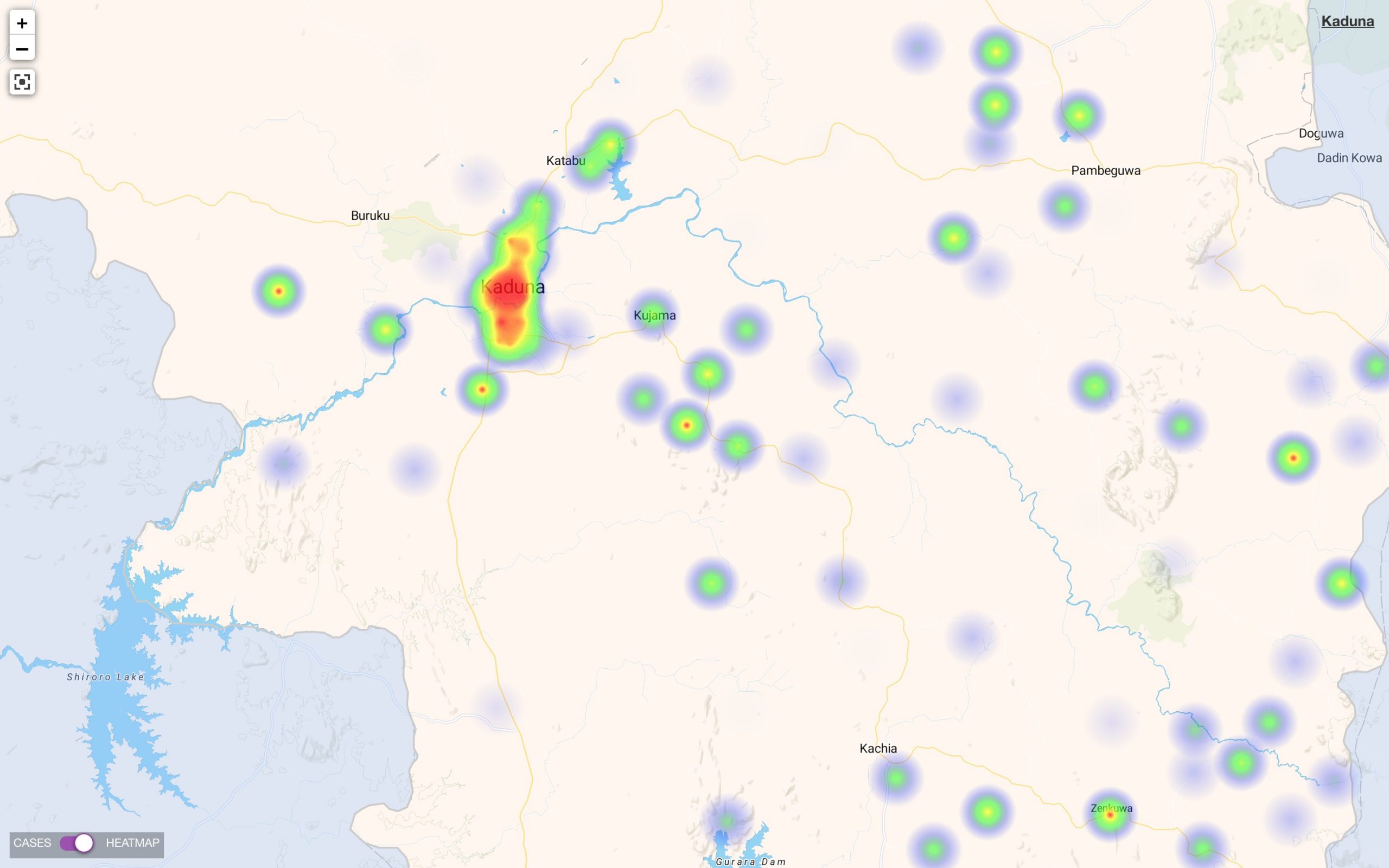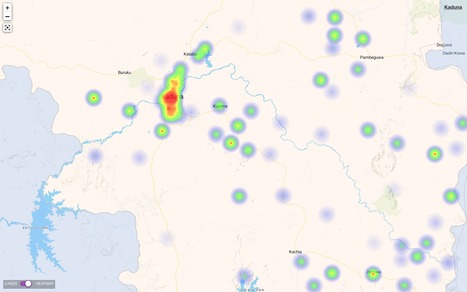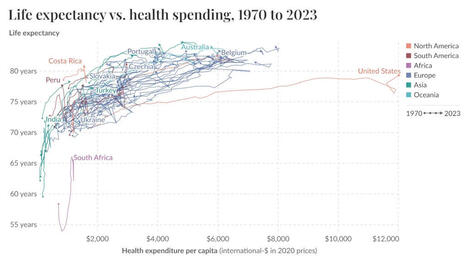Web-Based Apps for Responding to Acute Infectious Disease Outbreaks in the Community: Systematic Review

Evaluating the Use of Decentralized Systems for Algorithmic Contact Tracing to Combat a Global Pandemic
04/05/2021
Google travel searches now show COVID-19-related restrictions
04/05/2021 
Web-based technology has dramatically improved our ability to detect communicable disease outbreaks, with the potential to reduce morbidity and mortality because of swift public health action.
Apps accessible through the internet and on mobile devices create an opportunity to enhance our traditional indicator-based surveillance systems, which have high specificity but issues with timeliness.
Objective: The aim of this study is to describe the literature on web-based apps for indicator-based surveillance and response to acute communicable disease outbreaks in the community with regard to their design, implementation, and evaluation.
Results: Apps were primarily designed to improve the early detection of disease outbreaks, targeted government settings, and comprised either complex algorithmic or statistical outbreak detection mechanisms or both.
We identified a need for these apps to have more features to support secure information exchange and outbreak response actions, with a focus on outbreak verification processes and staff and resources to support app operations.
Conclusions: Public health officials designing new or improving existing disease outbreak web-based apps should ensure that outbreak detection is automatic and signals are verified by users, the app is easy to use, and staff and resources are available to support the operations of the app and conduct rigorous and holistic evaluations.
read the study at https://publichealth.jmir.org/2021/4/e24330
Lire l’article complet sur : publichealth.jmir.org



